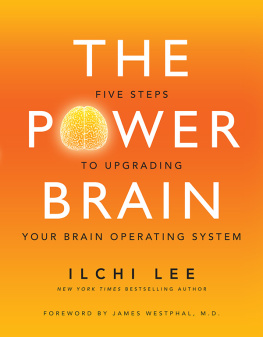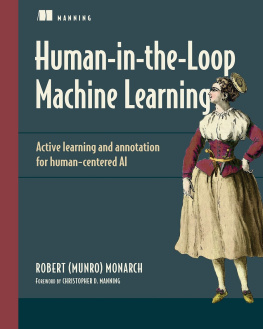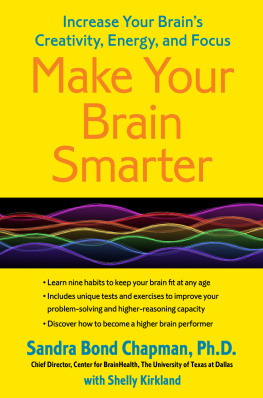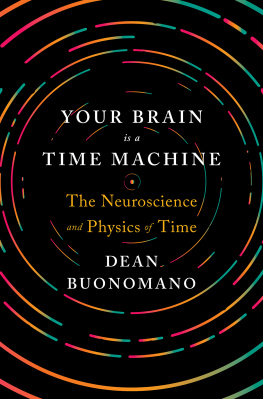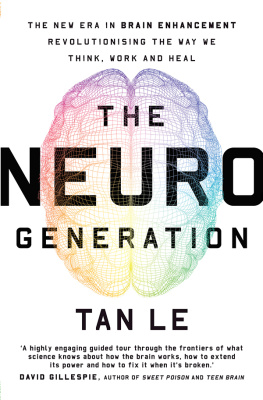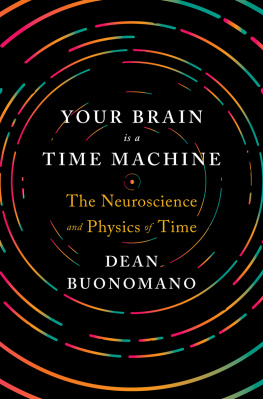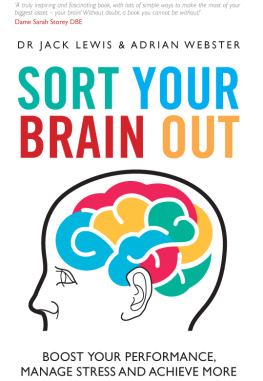Table of Contents
List of Figures
- Figures in Chapter 1
- Figures in Chapter 3
- Figures in Chapter 4
- Figures in Chapter 6
- Figures in Chapter 8
- Figures in Chapter 12
- Figures in Chapter 13
- Figures in Chapter 14
- Figures in Chapter 15
- Figures in Chapter 16
- Figures in Chapter 17
- Figures in Chapter 18
- Figures in Chapter 19
- Figures in Chapter 20
- Figures in Chapter 21
- Figures in Chapter 22
- Figures in Chapter 24
- Figures in Chapter 26
- Figures in Chapter 27
- Figures in Chapter 28
- Figures in Chapter 29
- Figures in Chapter 30
- Figures in Chapter 31
- Figures in Chapter 32
- Figures in Chapter 37
- Figures in Chapter 38
- Figures in Chapter 41
- Figures in Chapter 42
- Figures in Chapter 60
- Figures in Chapter 64
- Figures in Chapter 67
- Figures in Chapter 68
- Figures in Chapter 77
- Figures in Chapter 80
- Figures in Chapter 86
- Figures in Chapter 92
- Figures in Chapter 96
- Figures in Chapter 100
List of Tables
- Tables in Chapter 7
- Tables in Chapter 13
- Tables in Chapter 14
- Tables in Chapter 21
- Tables in Chapter 28
- Tables in Chapter 32
Landmarks
Neuroergonomics
The Brain at Work and in Everyday Life
Editors
Hasan Ayaz
Drexel University, Philadelphia, PA, United States
Frdric Dehais
ISAE-SUPAERO, Universit de Toulouse, Toulouse, France
Table of Contents
Copyright
Academic Press is an imprint of Elsevier
125 London Wall, London EC2Y 5AS, United Kingdom
525 B Street, Suite 1650, San Diego, CA 92101, United States
50 Hampshire Street, 5th Floor, Cambridge, MA 02139, United States
The Boulevard, Langford Lane, Kidlington, Oxford OX5 1GB, United Kingdom
Copyright 2019 Elsevier Inc. All rights reserved.
No part of this publication may be reproduced or transmitted in any form or by any means, electronic or mechanical, including photocopying, recording, or any information storage and retrieval system, without permission in writing from the publisher. Details on how to seek permission, further information about the Publishers permissions policies and our arrangements with organizations such as the Copyright Clearance Center and the Copyright Licensing Agency, can be found at our website: www.elsevier.com/permissions.
This book and the individual contributions contained in it are protected under copyright by the Publisher (other than as may be noted herein).
Notices
Knowledge and best practice in this field are constantly changing. As new research and experience broaden our understanding, changes in research methods, professional practices, or medical treatment may become necessary.
Practitioners and researchers must always rely on their own experience and knowledge in evaluating and using any information, methods, compounds, or experiments described herein. In using such information or methods they should be mindful of their own safety and the safety of others, including parties for whom they have a professional responsibility.
To the fullest extent of the law, neither the Publisher nor the authors, contributors, or editors, assume any liability for any injury and/or damage to persons or property as a matter of products liability, negligence or otherwise, or from any use or operation of any methods, products, instructions, or ideas contained in the material herein.
Library of Congress Cataloging-in-Publication Data
A catalog record for this book is available from the Library of Congress
British Library Cataloguing-in-Publication Data
A catalogue record for this book is available from the British Library
ISBN: 978-0-12-811926-6
For information on all Academic Press publications visit our website at https://www.elsevier.com/books-and-journals

Publisher: Nikki Levy
Acquisition Editor: Natalie Farra
Editorial Project Manager: Kathy Padilla
Production Project Manager: Poulouse Joseph
Designer: Mark Rogers
Typeset by TNQ Technologies
Dedication
This book is dedicated to Professor Raja Parasuraman who unexpectedly passed on March 22, 2015. Raja Parasuramans pioneering work led to the emergence of Neuroergonomics as a new scientific field. He made significant contributions to a number of disciplines from human factors to cognitive neuroscience. His early work included important contributions to topics such as vigilance and human interaction with automated systems. He later consolidated his interests in human factors and cognitive neuroscience to develop a new discipline called Neuroergonomics, which he defined as the study of the brain and behavior at work.
His advice to young researchers was to be passionate in order to develop theory and knowledge that can guide the design of technologies and environments for people. His legacy, the field of Neuroergonomics, will live on in countless faculties and students whom he advised and inspired with unmatched humility throughout the span of his distinguished career. Raja Parasuraman was an impressive human being, a very kind person, and an absolutely inspiring individual who will be remembered by everyone who had the chance to meet him.
List of Contributors
Nounagnon F. Agbangla , Universit de Poitiers, Poitiers, France
Atahan Agrali , Drexel University, Philadelphia, PA, United States
Cdric T. Albinet
Universit de Poitiers, Poitiers, France
Universit de Toulouse, INU Champollion, Albi, France
Awad Aljuaid , Mechanical Engineering Department, Taif University, Saudi Arabia
Guillaume Andol , Institut de Recherche Biomdicale des Armes, Brtigny sur Orge, France
Jean M. Andr , ENSC-Bordeaux INP, Bordeaux, France
Pietro Aric
BrainSigns srl, Rome, Italy
IRCCS Fondazione Santa Lucia, Rome, Italy
University of Rome Sapienza, Rome, Italy
Branthomme Arnaud , Dassault Aviation, Saint-Cloud, France
Romain Artico
Universit Paris Sud, Universit Paris-Saclay, CIAMS, Orsay, France
CIAMS, Universit dOrlans, Orlans, France
Michel Audiffren , Universit de Poitiers, Poitiers, France
Hasan Ayaz
Drexel University, Philadelphia, PA, United States
University of Pennsylvania, Philadelphia, PA, United States
Fabio Babiloni
BrainSigns srl, Rome, Italy
University of Rome Sapienza, Rome, Italy
Hangzhou Dianzi University, Hangzhou, China
Wendy Baccus , George Mason University, Fairfax, VA, United States
Carryl L. Baldwin , George Mason University Fairfax, VA, United States


